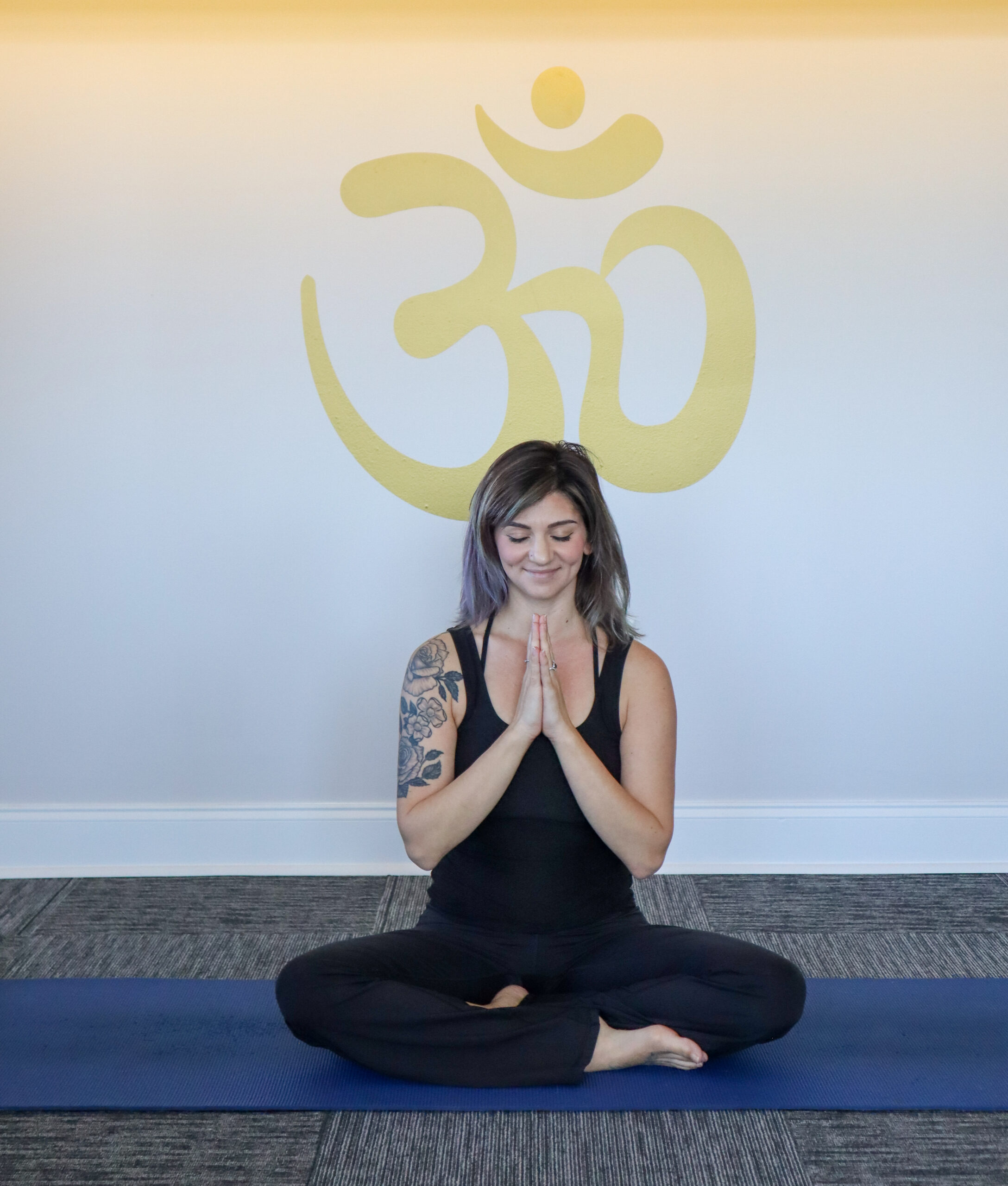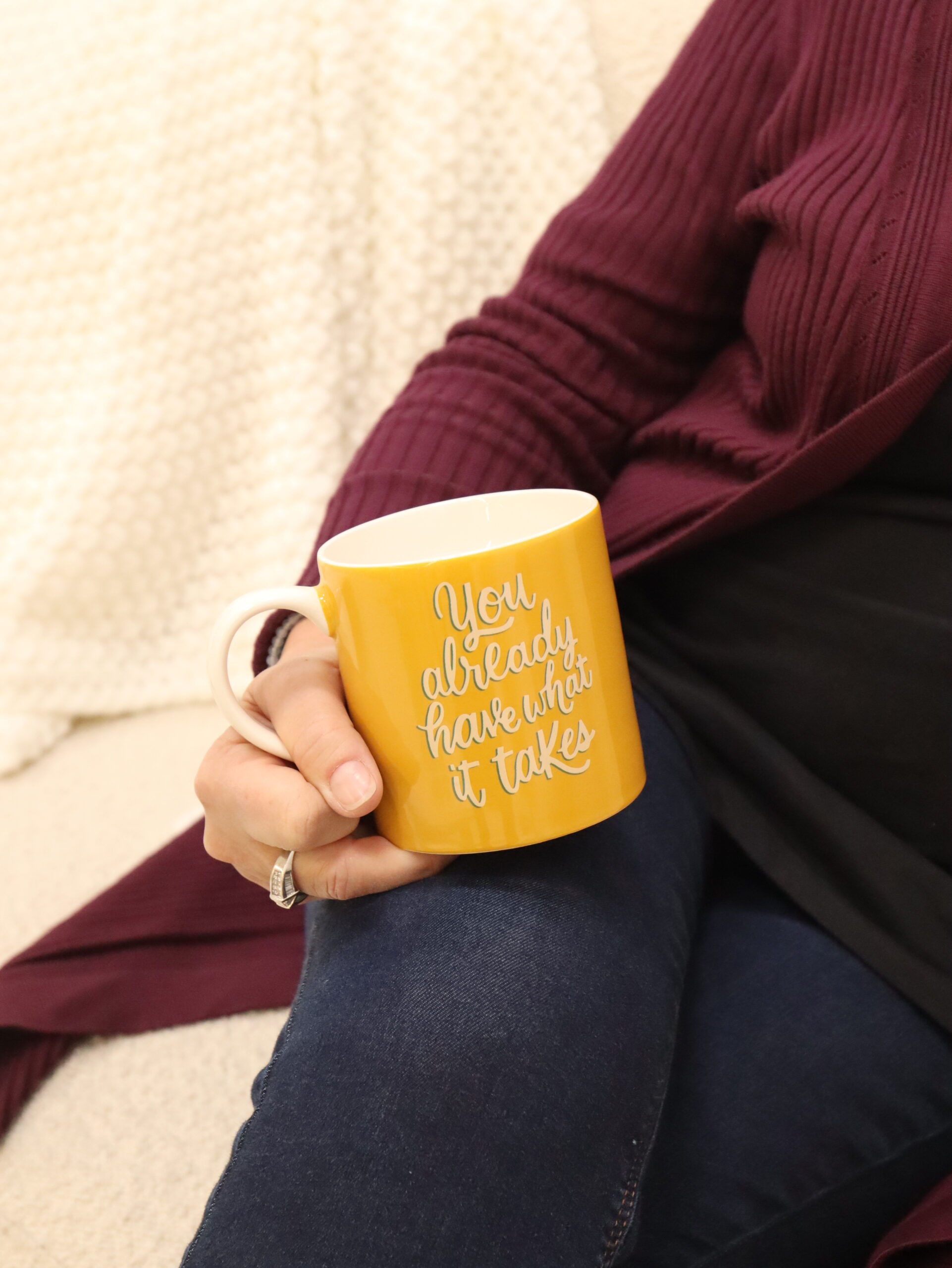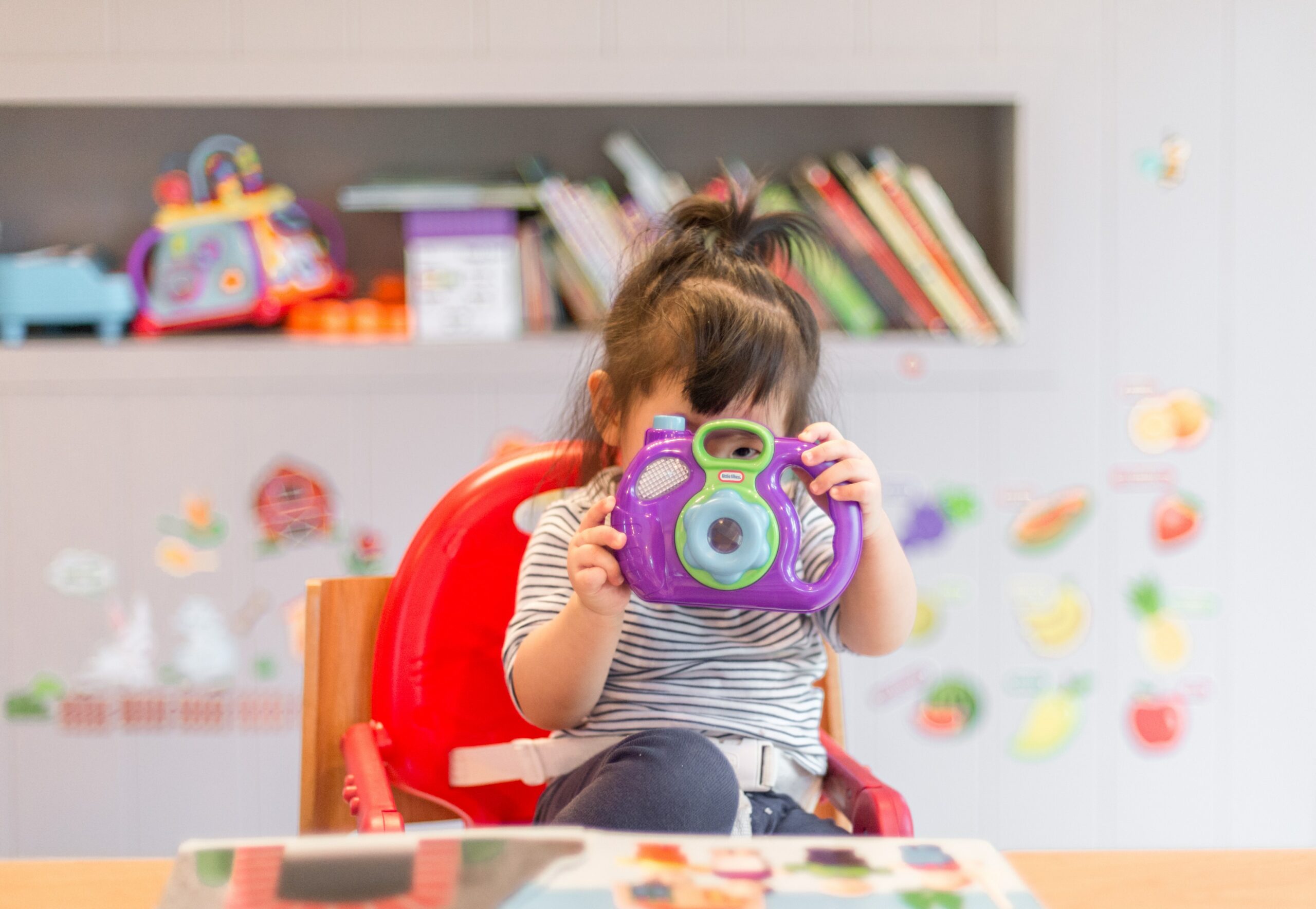By Marisa Karoutsos
The Toxic Positivity of “Good Vibes Only”
We have all seen the signs, t-shirts, bumper stickers, tattoos, hats, and everything in between that are riddled with that one saying: “Good Vibes Only.” Well, of course, that sentiment is valued — who doesn’t want to be happy and have positive radiant energy exuding out at all times? It is human nature to want to have good vibrations, to lift up those around us with our energy, to have a light heart, and to experience all the bliss that life can offer. But what if things don’t feel so “Good Vibes Only”?
This saying is often attached to the yoga community, which is seemingly all about energy and focusing on light and love. Here’s where we want to challenge the idea of “good vibes only” though: who actually feels happy and good all the time? Who actually feels their very best every single day? If you know them, ask them for their life hack and TikTok account, so we can all follow along. The reality is that we don’t have good vibes all of the time. In addition to the happy, gratitude-filled, successful, memorably magical days, we have bad days, heavy days, sad days, angry days, confusing days, and even days where we feel less than others, dealing with an unkind internal dialogue.
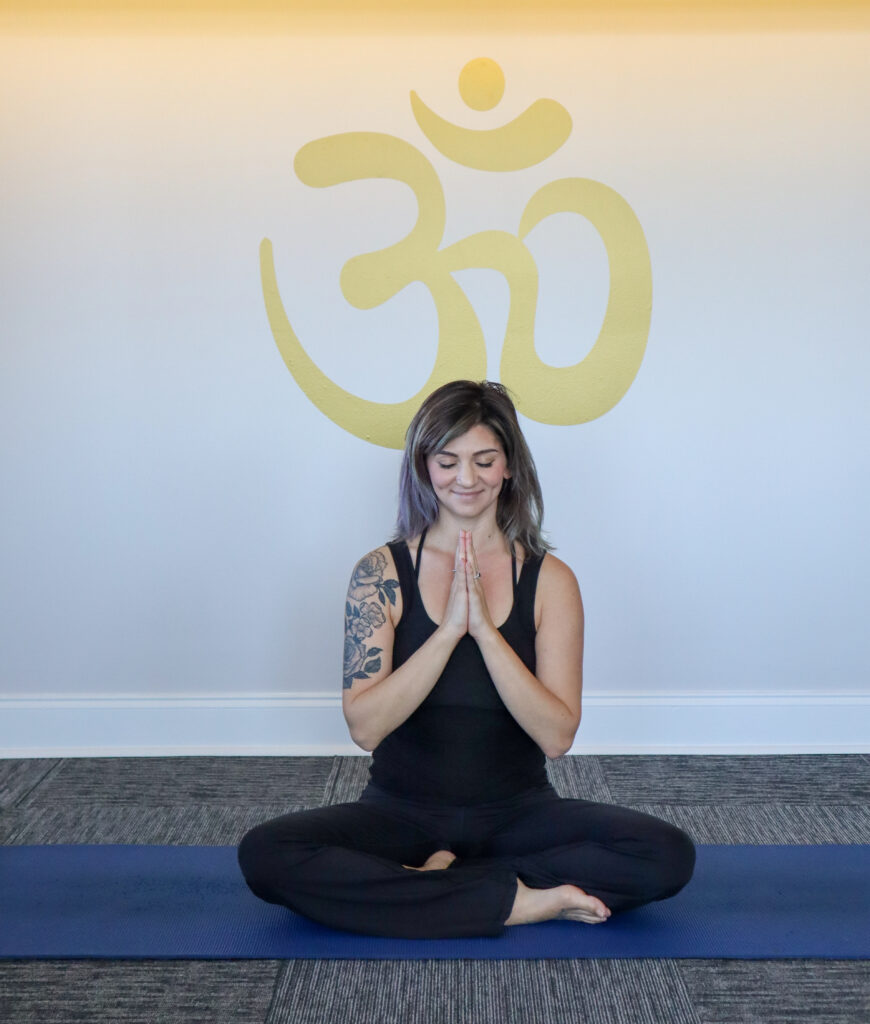
Tapping into “Authentic Vibes Only” with Yoga
The amazing thing about yoga is that at the root, yoga is not just there for you when the sun seems to be radiating within and you feel like the embodiment of “good vibes.” It’s there for you no matter what emotion you’re feeling or what state of mind you’re in. Yoga just asks you to show up. It asks you to be aware of how you’re feeling. When we can slow down and bring awareness to how we are feeling, that’s when we can ask ourselves important questions and possibly address those feelings. It’s not about being the most positive one in the room; it’s about being your most aware and accepting Self. Yoga doesn’t ask you for just your good vibes. It asks for and even requires the ones that don’t feel so good, too.
When you come to your mat, your yoga teacher wants you to notice everything physically at the moment. Your breath as it flows, any smells in the room, how you feel when the sun comes in through the window, or the sounds the rain makes. You might be instructed to notice your physical body and how it is feeling, where it feels tired or tight, or where it might need some love, as well as where it feels strong, clear, and flexible. You are asked to notice as much as you can at that moment and to slow down and quiet your thoughts, which are oftentimes either racing in a thousand different directions or dominated by one short series of thoughts that repeats until you’ve lost track of the task at hand.
Setting Intentions for Your Session
Once you connect yourself to your physical body, you may be instructed to bring an intention into mind. This is the time to acknowledge how you are feeling mentally and emotionally. This is when you decide what your practice can offer you that day. Your instructor may offer you an intention that you connect to, or you may have one in mind for yourself. Note that this can be a dedication, a single word, a song, a goal, or something simple to return to when your mind starts to wander or during those pauses in the practice when you need to remember why you are there.
When you set your intention, it is often the case that you set your intention to bring strength to a part of you that is needing support: gratitude, living and speaking your truth, self-love, connection to spirituality, finding inner power, etc. When you dedicate some time to these ideas and these thoughts, you are given an opportunity to bring consciousness to how you are feeling before and after practice. On those low days, we can start feeling one way and leave feeling another, but it’s important to also note that we may leave feeling the same way we did when we came in. That does NOT mean our practice failed us or vice versa. It means that we still have some reflection to do on that feeling. It means that our spirit is not done feeling it, but hopefully, we have slowed down enough to be calm in the feeling and take a step towards overcoming it as opposed to simply drowning in it.
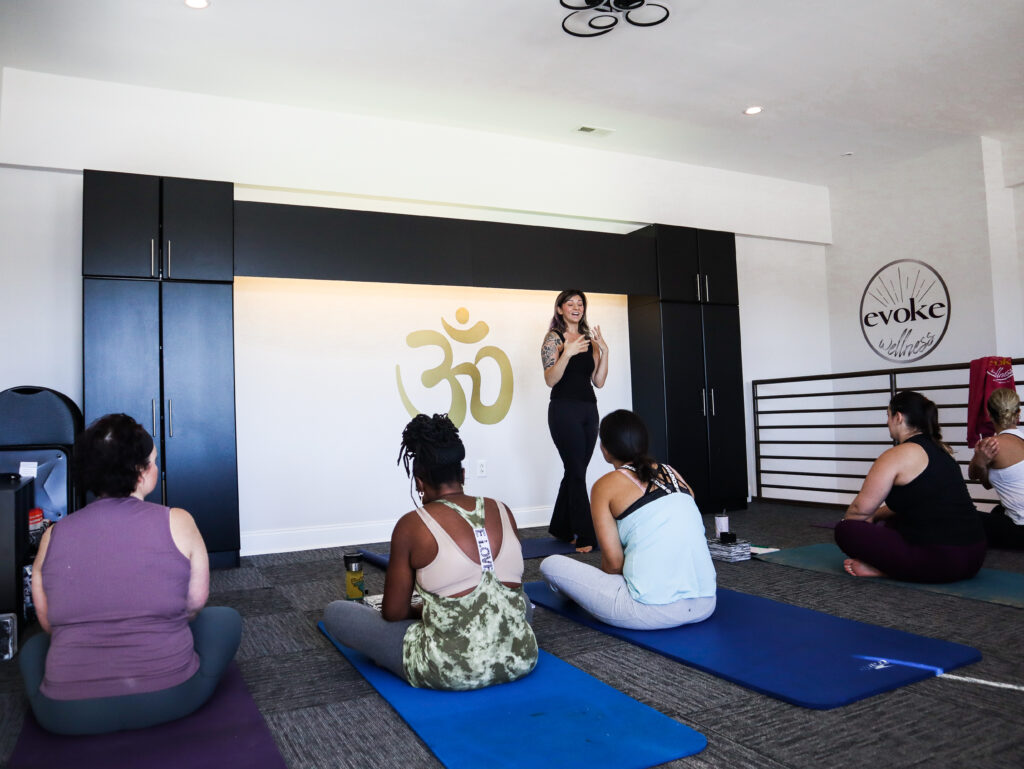
Holding a Space and Meeting You There
There is a reason why therapy and yoga go so hand in hand. It’s because they are both about moving toward full understanding and acceptance of who and where we are. Are there goals? Of course! Are there things to work towards and work to be done? Always. But in the case of both, you’re not only allowed to walk through the doors when you are at your best but you are also invited and encouraged to attend no matter what your vibes are. When you dedicate that time to yourself, you find stillness and clarity in the place you are in, and then you open the door to the next step.
Remember: you are worthy of a meaningful and light-hearted practice regardless of what you are bringing to the mat that day. It’s about being your most authentic self…always.

